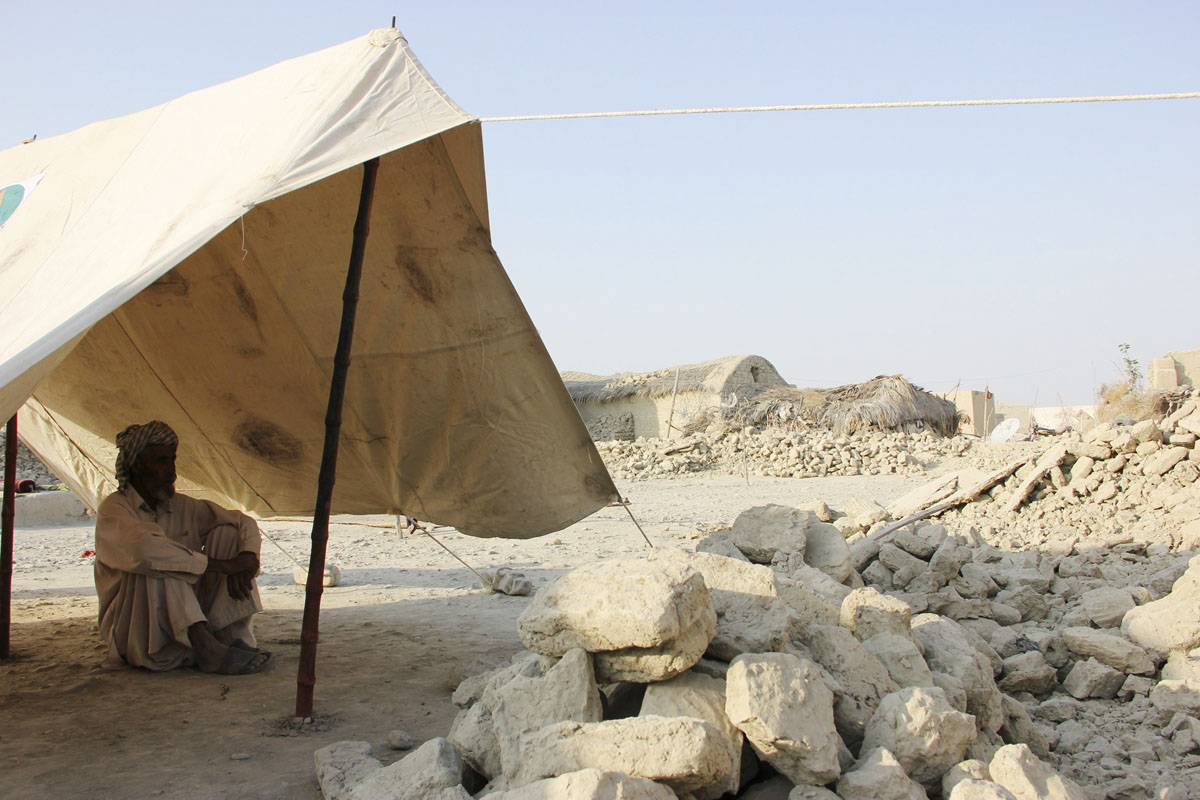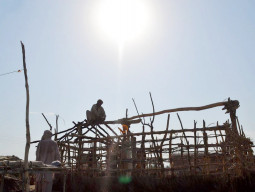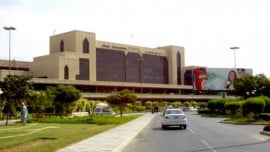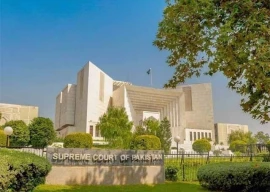
ISLAMABAD: In the second week of January 2006, the Pakistan Meteorological Department (PMD) wrote a letter to the Balochistan government warning about the seismic threat to the province.
In the letter, written in 20026, the former director-general Dr Qamaruz Zaman Chaudhry had stated that based on scientific understanding of seismology and “regression analysis of past seismic data,” a major earthquake was “over due” in Balochistan.
The letter was written three months after the devastating 2005 earthquake. With the government’s attention deservedly focused on the affected areas in the north, Chaudhry was worried that the stress building up underground in Balochistan’s “highly active seismic zone,” which includes provincial capital Quetta, would go unnoticed.
Over the seven years since then, Pakistan’s southwestern province has been jolted by five earthquakes of varying intensity, the latest of which hit Awaran on Saturday. Four of these quakes had their epicenter located in the province, according to PMD’s National Seismic Monitoring Centre.
The collective death toll from earthquakes in the sparsely-populated province stands at around at least 575 since 2008 and there has been considerable damage to infrastructure.
The letter resulted in some action but perhaps no detailed follow-up, Chaudhry said. Nevertheless, it seems to suggest that a seismic risk alert is possible.
Predicting the tremors
Precise earthquake prediction is “virtually impossible,” PMD officials suggest, but it seems there are some indications that could prove useful.
In a series of published research papers, Dr Arun K Saraf and his fellow researchers at the Indian Institute of Technology in Roorkee, India, have suggested the use of a phenomenon called the “thermal infrared anomaly” as a precursor tool for predicting earthquakes.
According to Saraf, the stress that builds up in a region before an earthquake causes enhanced thermal infrared emission from the Earth’s surface. This emission, which increases the land surface temperature, can be detected through satellites in the form of a thermal infrared anomaly.
The anomaly could exist in the “earthquake preparation zone” a few days to a few hours before the quake hits. In a 2011 paper published in the journal Natural Hazards, Saraf and his co-authors confirmed the presence of the anomaly using satellite data for three earthquakes including the Dalbandin earthquake in Balochistan in 2011.
While Chaudhry thinks the anomaly precursor affords very little time for meaningful action, Zahid Rafi, the director of PMD’s National Seismic Monitoring Centre in Islamabad, said thermal and geomagnetic precursors could be used to identify a problem area.
“We could tell that there could be an earthquake in the near future based on such indicators,” Rafi said. “But it is virtually impossible to predict the exact time of an earthquake.”
The inevitable uncertainty does not mean there is something to be said for preparedness.
Preparing for the Big One
Chaudhry, a senior climate expert who is now the deputy regional director Asia for the Climate and Development Knowledge Network (CDKN), believes the September earthquakes probably released the hazardous energy indicated years ago by the PMD.
“The kind of energy released in the Awaran earthquake takes around half a century to build up,” he told The Express Tribune.
But the PMD has recorded around 16 aftershocks and a major earthquake in Balochistan since the September 24 earthquake. This suggests there might be more energy trapped underground and the PMD is also concerned about the Makran area for future quakes.
So the suggestions listed in the 2006 letter, Chaudhry said, still remain relevant.
Adherence to seismic building codes especially in densely populated areas and use of lighter material instead of concrete could help save lives, Chaudhry said.
Rafi said the rural and remote areas vulnerable to earthquakes, where people might not afford modern solutions, could perhaps benefit from awareness about how to respond to a quake.
He said awareness-raising in schools and preventing people from building huts on a slope or beneath a hill could serve as starting points for better preparation.
Published in The Express Tribune, September 30th, 2013.




























































COMMENTS
Comments are moderated and generally will be posted if they are on-topic and not abusive.
For more information, please see our Comments FAQ